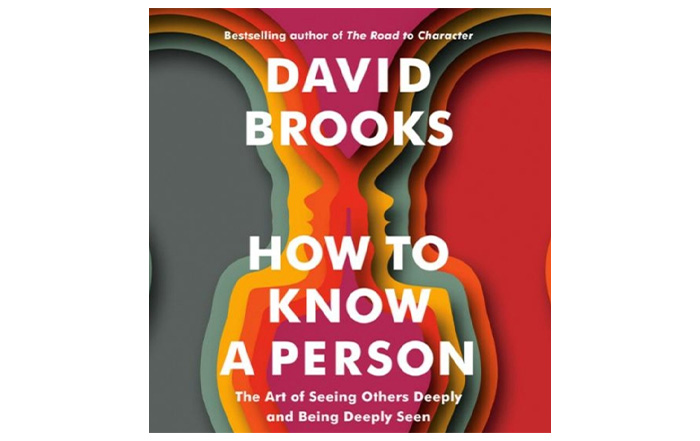Where to find this idea:
How to Know a Person: The Art of Seeing Others Deeply and Being Deeply Seen by David Brooks
We talk about setting boundaries, we talk about protecting our peace, we talk about ditching toxicity, but it seems that we talk less and less about how to see others and understand them in a deep and meaningful way.
Many people feel like they’re blending into the background, invisible to their coworkers, neighbors, partners, even their own kids. The truth is, everybody loves to feel seen, heard and understood. And guess what? A big part of our own satisfaction comes not just from feeling seen ourselves, but from letting others know they’re seen too. It’s through this mutual recognition that we strengthen our bonds and build profound connections with individuals from every walk of life.
Seeing others deeply is a skill that can be learned. But today we won’t be talking about how to learn to see others. Today, we want to take a step back and talk about why it’s so hard for us to see others.
David Brooks’ book, How to Know a Person, offers 6 reasons that we can use for a bit of self-reflection. Let’s be honest, we can all relate to at least one of these reasons he presents. Acknowledging this is just the beginning of a journey towards becoming more curious about others.
1. Being self-centered
The most common, and probably the most obvious, reason we don’t see others is we are too preoccupied with ourselves to care about others. We want to talk about ourselves, take more than we give and have things done our way.
2. The lesser minds problem
This reason is somewhat omnipresent. We can tune into our own thoughts, but we don’t have the same access to what’s going on in the minds of those around us. We only know what they choose to share with us. This leads us to believe that we’re more complex or intricate than they are. We underestimate other’s minds because of our beliefs that we’re deeper, more interesting and more subtle than they are.
3. Anxiety
Sometimes, we have so much noise in our own heads, we can’t hear what’s going on in the lives of others. Anxiety and fear can be roadblocks to open communication.
4. Naive realism
We have the assumption that our perception of the world is the objective truth. It leads us to believe that everyone else must see the world in the same way we do, when in fact it’s like we’re all looking at the same painting, but seeing different things.
5. Generalizations
We often find ourselves categorizing people based on certain stereotypes. It’s quite easy for us to jump to conclusions about someone, just from one single characteristic we notice about them. Our thought process often follows this pattern: if a person is (fill in the blank), then they must also be like this, this, and this.
6. The static mindset
We often form perceptions about others that may initially be accurate. However, as these individuals grow and evolve, we fail to update our views to reflect their current selves and see them as they are now.

